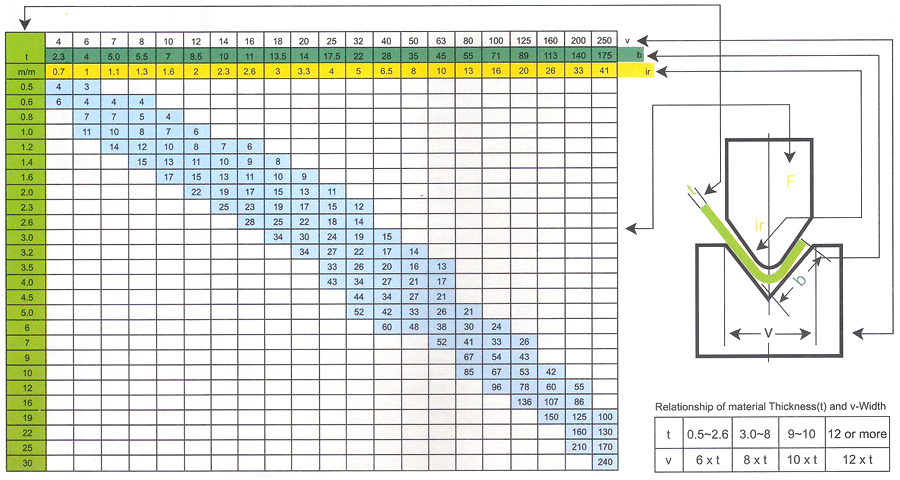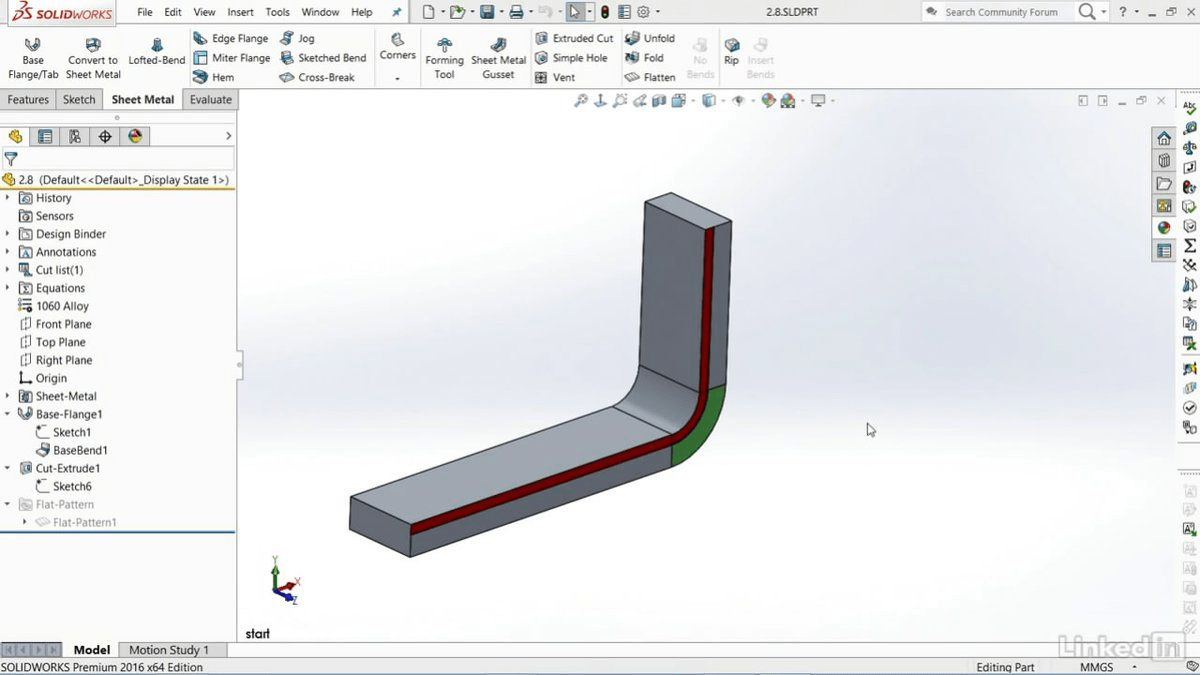That's where we'll get the data we need to figure out how much the arc should bend. In other words, there was an inward shift of 0.0032 inches in the axis. So from the inside of the curve, the axis has rotated by 0.0268 inches. To get 0.0268 in, we multiply by such a K-factor of 0.446. Think about using a material thickness of 0.060 inches. By squeezing the same amount of material into a smaller radius, we have elongation rather than the previously assumed additional length. Essentially, we are trying to fit the length measurement from a bigger radius onto a smaller one.
You can calculate the new location of the neutral axis by multiplying the thickness of the material by the standard K-factor value of 0.446. The thickness, inner bend radius, and forming method affect how much the neutral axis moves. Elongation happens during bending because the neutral axis moves, but the length stays the same. Still, no further changes occur in this region where compression and expansion meet. As a result, the neutral axis shifts from its original position at fifty per cent of a material thickness towards the inside face of the bend. As a metal sheet is bent, the material on the outside of the curve expands while the material on the inside contracts. The K-factor describes the relationship between the neutral axis and the thickness of a sheet of metal.


